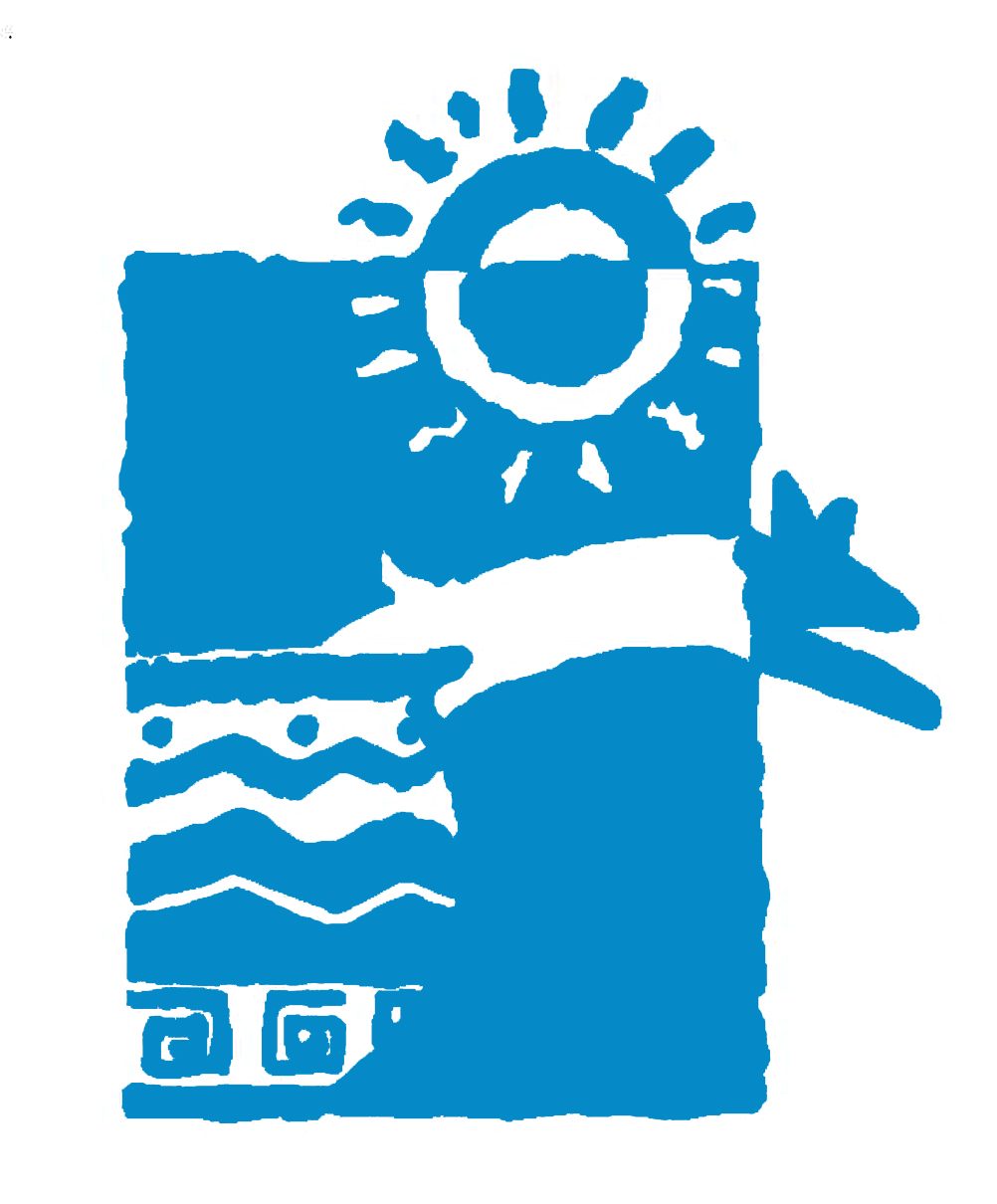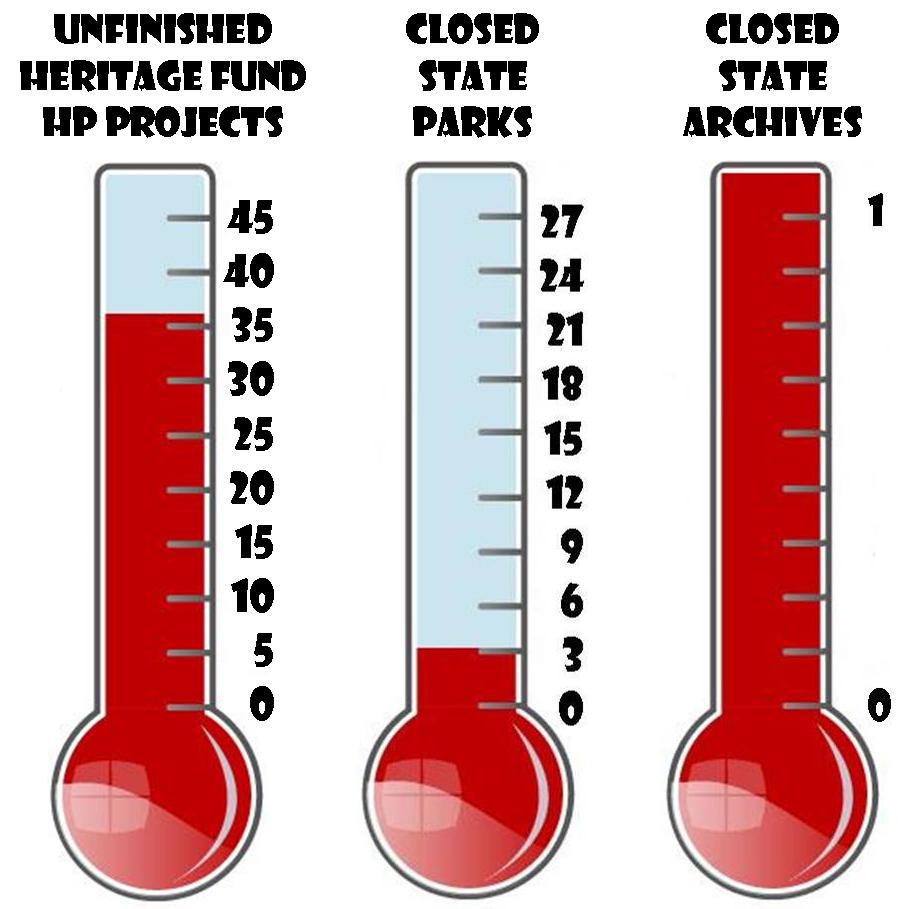 [Source: Editorial Board, Tucson Citizen] –Taking millions from a voter-approved land conservation fund does not ‘further the purpose’ of the fund. The Arizona Legislature won’t let a trifling thing like the state constitution stand in the way of its efforts to patch budget holes. The Arizona House has given preliminary approval to steal-from-Peter-to-pay-Paul legislation that would take money from a constitutionally protected open-space fund to help keep state parks open. It is a shrewd move that has divided environmentalists who have been critical of the Legislature’s attacks on state parks. But it clearly runs counter to the constitution — a far bigger obstacle.
[Source: Editorial Board, Tucson Citizen] –Taking millions from a voter-approved land conservation fund does not ‘further the purpose’ of the fund. The Arizona Legislature won’t let a trifling thing like the state constitution stand in the way of its efforts to patch budget holes. The Arizona House has given preliminary approval to steal-from-Peter-to-pay-Paul legislation that would take money from a constitutionally protected open-space fund to help keep state parks open. It is a shrewd move that has divided environmentalists who have been critical of the Legislature’s attacks on state parks. But it clearly runs counter to the constitution — a far bigger obstacle.
To help balance the hemorrhaging budget, the Legislature slashed spending by the state Parks Department. That forced three closures — McFarland and Jerome historic parks and Tonto Natural Bridge — and threatened closure of eight others. After protests, legislators came up with a “solution” in HB 2088: Take $20 million from a fund for land conservation and give about half to the Arizona State Parks Board. The other half would be distributed to the Land, Commerce, and Water Resources departments. That molified parks supporters, but there is a bigger problem: The land conservation fund was established by voters.
The state constitution says legislators can alter voter-approved measures only with a three-quarters vote of both houses and only if the action “furthers the purpose” of the initiative. The three-quarters threshold is iffy. But there is no way that taking money from the fund “furthers the purpose” of land conservation. The fund was established in 1998 as part of voter-approved conservation measures and provides grants for land purchases by local governments. Legislators say they will only “borrow” the money and repay it when they are able. That’s not good enough. The fund was set up to buy and preserve land, not as a revolving loan fund for legislators’ use.
Sandy Bahr, director of the Grand Canyon Chapter of the Sierra Club, called the move “a very, very cynical move by some in the majority to try to pit conservation interests against each other to weaken, undercut and get around the voter-protection act and not take responsibility for the terrible budget they passed.” We agree.
In 1998 — the same year voters established the conservation fund — they also approved the Voter Protection Act, which protects citizen initiatives. Voters acted after the Legislature frequently undercut, repealed and diverted dollars from voter-approved measures. This move shows why such a measure was so needed. We urge legislators to reject HB 2088. It is wrong, unfair, and unconstitutional. [Note: To read the viewer comments, click here.]





You must be logged in to post a comment.